- Products
- Polymer Desiccant
- About
- ESG
- Knowledge
Healthcare
Healthcare
Food
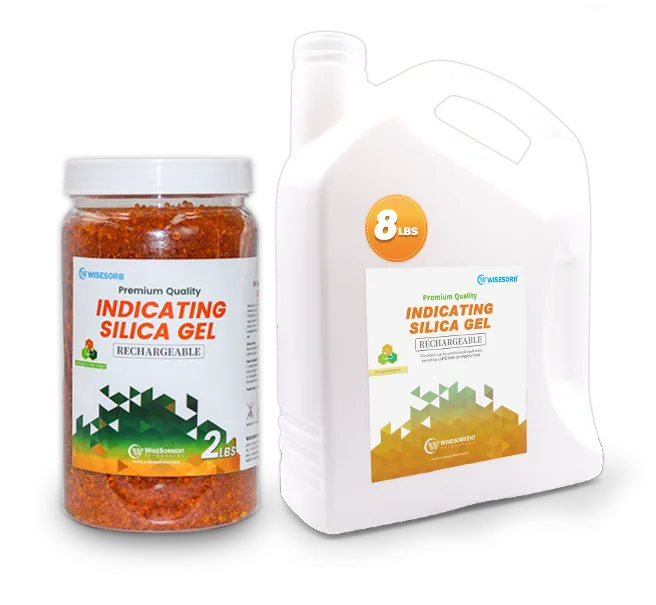
Silica gel is a porous and amorphous form of silicon dioxide, commonly used as a desiccant to absorb moisture and humidity. Silica gel can be classified into two main types: Type A and Type B. The primary difference between them lies in their absorption capacities and physical characteristics. Despite which type the silica gel is, silica gel overall has an important characteristic, which is its regenerative ability. Even if it is saturated with moisture, it can be dehydrated and restore its hygroscopicity through heating or baking.
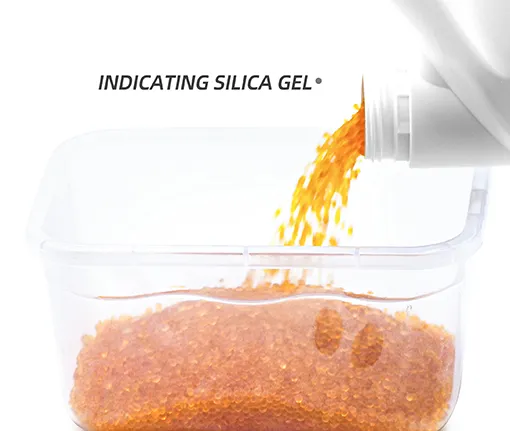
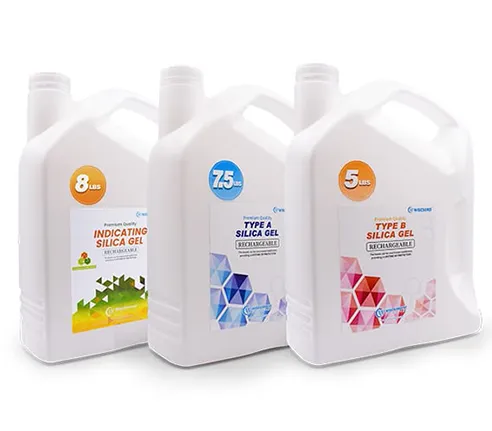

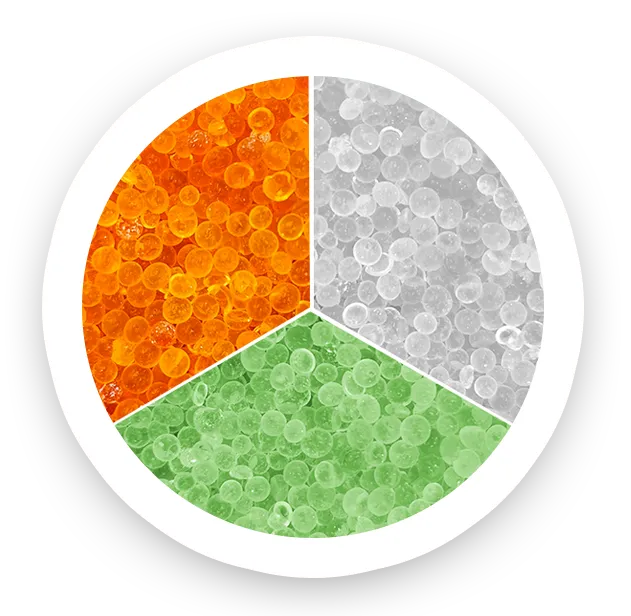
Type A silica gel can also generate Indicating silica gel by incorporating a special dye or indicator into the silica gel during the process of acidification. When the silica gel is dry, it typically appears in a specific color (often orange or green, depending on the manufacturer). As it absorbs moisture from the surrounding environment, the color gradually changes. This color change serves as a visual indicator of the moisture-absorbing capacity of the silica gel. The color-changing feature of Indicating silica gel makes it particularly useful for applications where it’s important to monitor and control humidity levels.
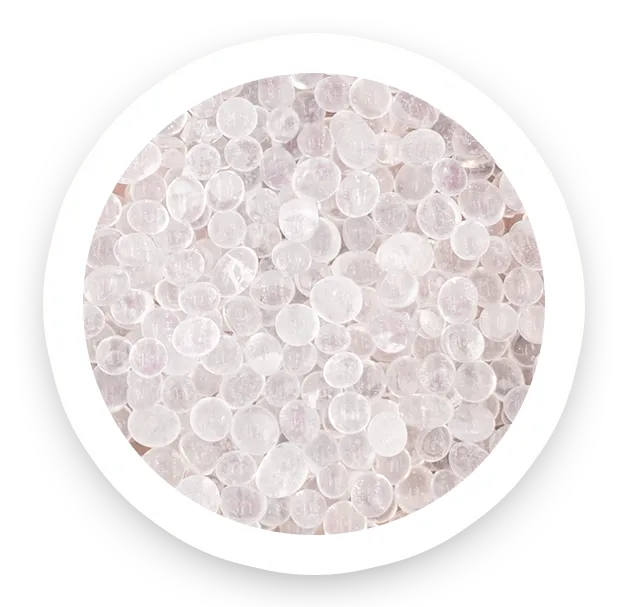
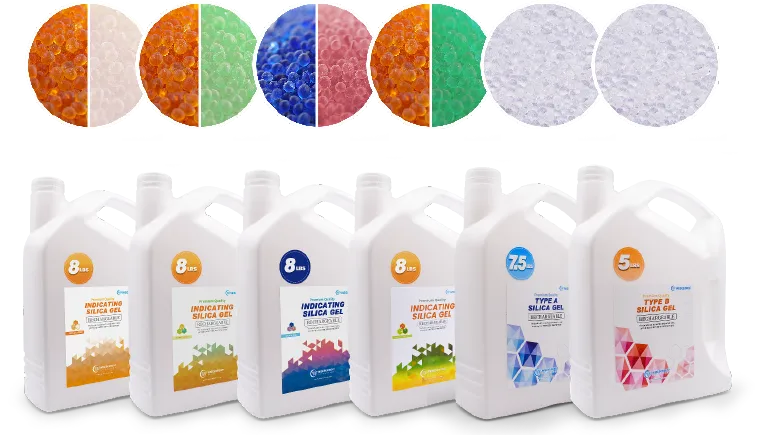

Silica gel itself is a highly stable substance with strong resistance to acids and bases and does not undergo chemical reactions.
Silica gel can maintain stability without decomposition or deformation under high temperature conditions.

After absorbing moisture, both Type A and Type B silica gel desiccants can be regenerated through baking or heating, allowing for multiple uses.

Silica gel desiccant is non-toxic to humans and is environmentally friendly due to its regenerability.

The regenerative nature of silica gel desiccants reduces the need for frequent replacements, offering a cost-effective solution.
Silica gel desiccants play a crucial role in maintaining prouct quality and longevity. Their regenerative ability, stability in various conditions, and environmentally friendly nature contribute to their widespread use in diverse applications.